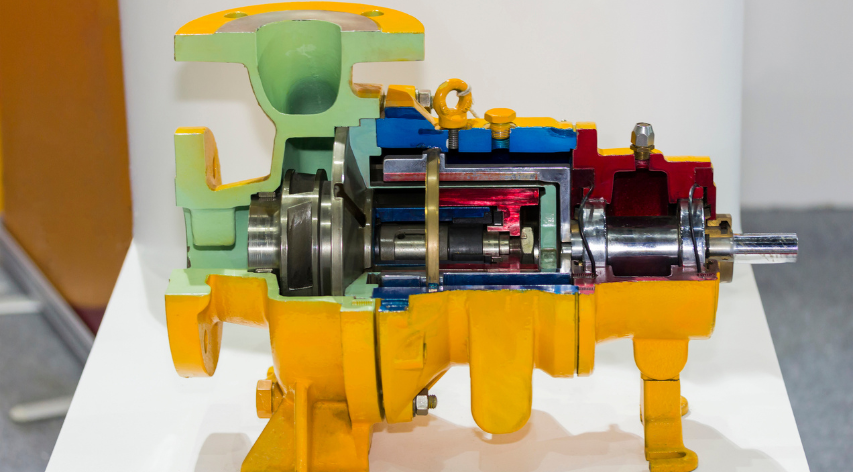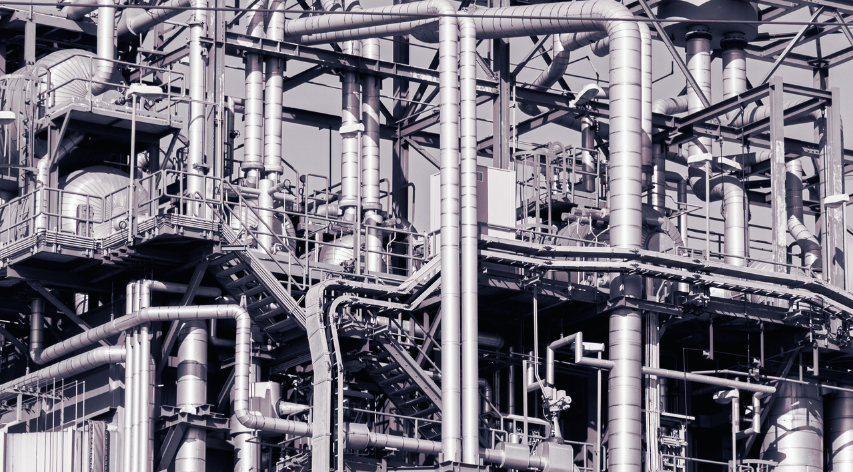Updates and New API Standards Addressing Recent Industry Failure/Issues due to Corrosion and Degradation Issues!
In the US and throughout much of the world, pressure equipment for oil refining services is designed according to ASME Codes (possibly augmented by API standards) and the integrity is assured by performing periodic inspection and maintenance according to equipment strategies, which often are developed in accordance with and guidance from API recommended practices and standards. API develops and maintains a suite of downstream pressure equipment standards through the CRE (Committee on Refining Equipment). There are two subcommittees under CRE that involve extensive involvement of industry specialists and treatment of metallurgical and corrosion issues, these are the SCCM (Subcommittee on Corrosion and Materials) and SCI (Subcommittee on Inspection).
This blog aims to provide some current information on new materials/corrosion issues being covered by new and existing SCCM and SCI standards.
Issues:
HTHA: API issued an alert in September 2011 due to a number of reported cases where High Temperature Hydrogen Attack occurred below the carbon steel Nelson curve in API 941 in non-PWHT’d carbon steel equipment and piping (Tesoro Anacortes NHT Incident and several cases reported by ExxonMobil, Valero, and Phillips66, and Irving Oil). API 941 is working on a revision to lower the carbon steel curve 50F/50 psi below the 7th Edition API 941 carbon steel curve for non-PWHT’d equipment.
Sulfidation Corrosion: The first edition of API 939-C was issued in 2009 to specifically address the continuing occurrences of high temperature sulfidation corrosion in the industry, with the aim of summarizing the issues and providing practical guidance on minimizing the occurrence of failures. The 2012 Chevron Richmond fire in a crude unit was another example where old carbon steel piping segments that contains low Silicon may corrode at higher rates than adjoining higher Si containing pipe segments. As a result, the industry is conducting special emphasis programs, akin to PMI for alloy piping, to try to eliminate such failures, by measuring thickness on every piping component (there is no reliable field equipment capable of differentiating between normal and low Silicon contents in carbon steel piping. Most previous inspection programs focused on fittings, which contain sufficient Silicon; it is the straight pipe sections that are most vulnerable and in many instances a short “pup” piece of piping that is not even known to exist is the culprit, so tools to identify all butt welds through the insulation are used. API 939-C is currently being revised to provide even more guidance/recommendations in performing such special emphasis programs.
Amine SCC: API 945 has been used for decades to minimize the issue of amine SCC. Most companies have moved to PWHT all carbon steel equipment in amine services, irrespective of amine type and stated temperature and this document is receiving a minor update to reflect industry practices and make it consistent with a NACE SP0472 re PWHT guidance.
Proactive Degradation Avoidance
API has recognized that best practice is to develop corrosion control documents (CCD’s) on a unit basis for all equipment areas to identify corrosion loops and degradation mechanisms, therefore the SCCM has embarked in drafting a new RP on CCD’s (RP 970). This effort is just getting underway, so it will probably not be issued until 2016 at the earliest. One important part of a CCD is identifying Integrity Operating Windows (IOW’s), that is process control and corrosive substance operating limits to minimize or at least make the degradation rate predictable. RP 584 (IOW’s) was developed by SCI and should be published soon.
RBI: Both API 580 General Requirements for RBI and API 581 (API’s semi-quantitative detailed method for RBI) are in the midst of major updating to reflect industry practices. Some of the damage mechanism information is being updated.
Gerrit is a member of the SCCM, Chair of the API 945 task group, original technical/master author of API 939-C and is currently vice chair of API 939-C, slated to be master editor of RP 970, has been an active member of API 941 for many years, was a member of API 584 task group, is a member of API 581 task group, was the first chairman of API 571 Damage Mechanisms taskgroup and has been a charter member of the API/ASME FFS committee for over 10 years and is chair of the Part 7 Taskgroup on Hydrogen Blistering, HIC, and SOHIC.







